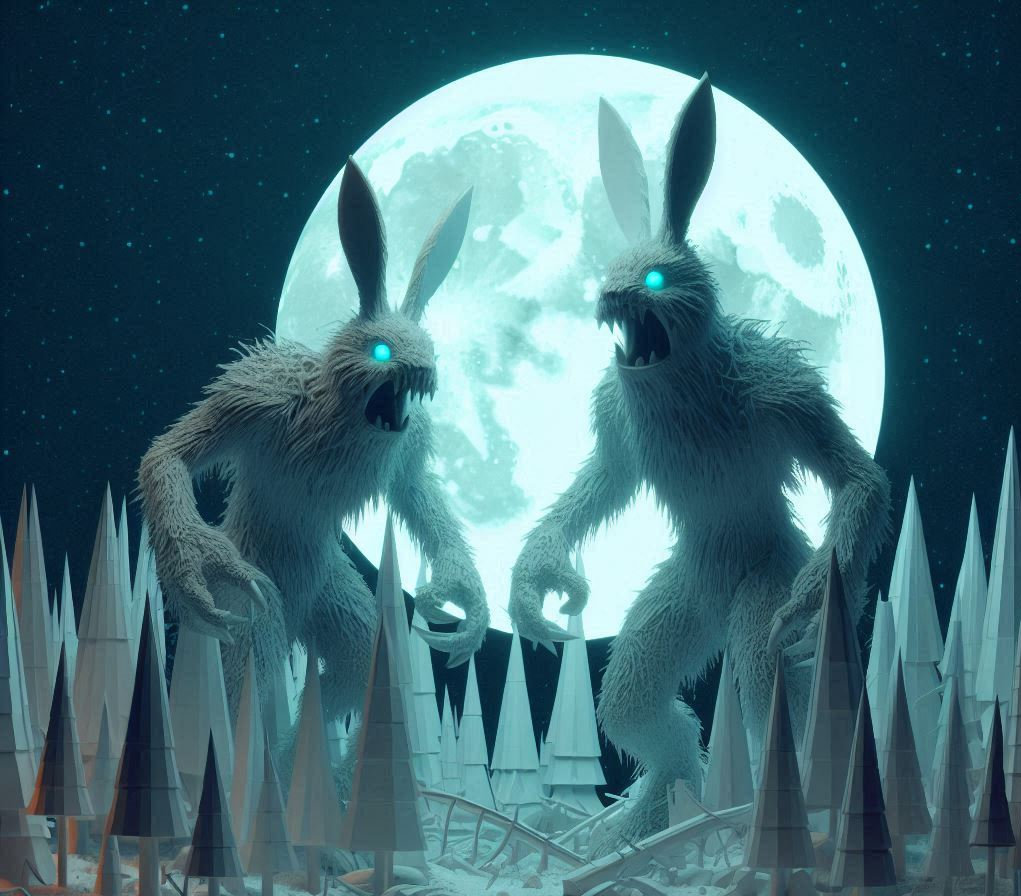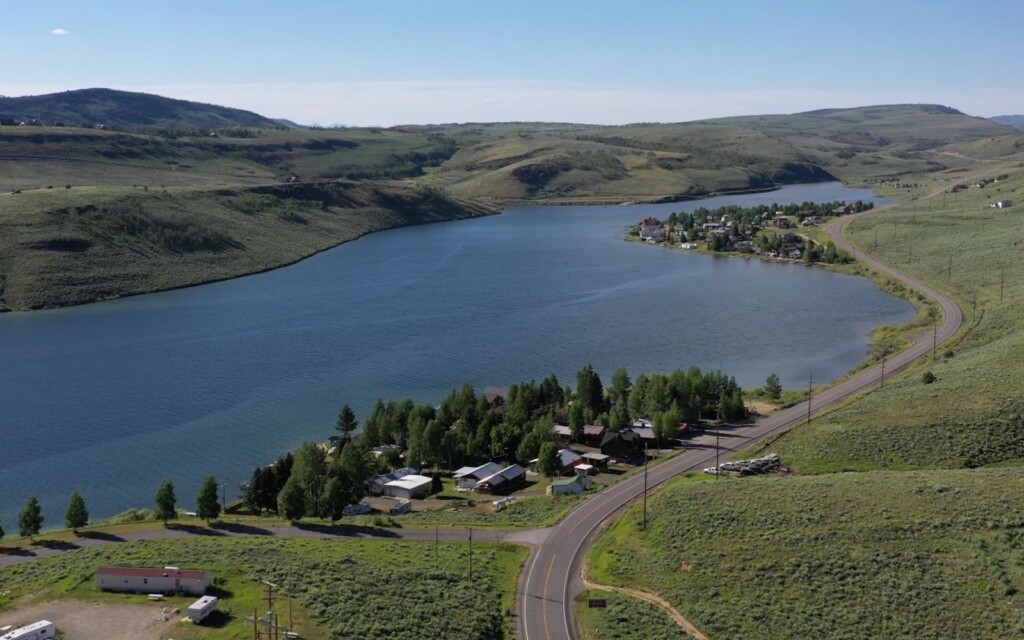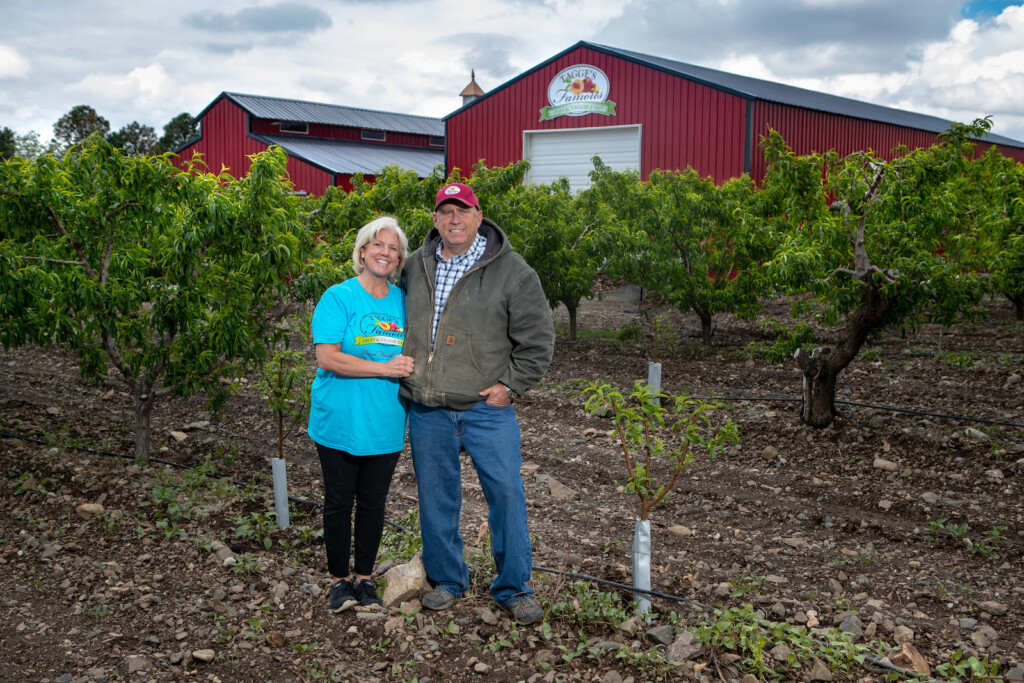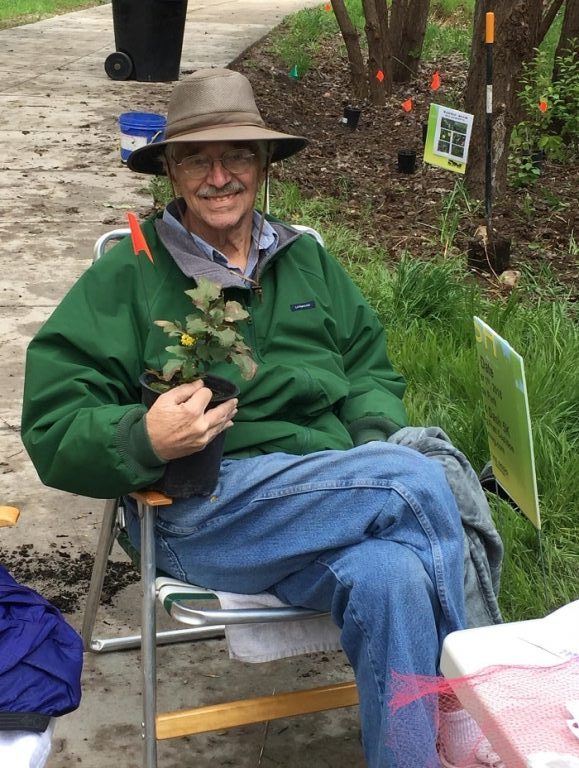
Dr. Ty Harrison’s Story
A special unveiling took place on October 11 of a monument to a man who touched countless lives, and had more titles than the letters in his name.
The eastern edge of Hidden Hollow Nature Preserve in Sugar House was officially renamed and dedicated to Dr. Ty Harrison, Emeritus Professor of Biology at Westminster College, an environmentalist, naturalist, farmer, historian, author, activist, musician, landscape designer, and an educator. In 1997, Dr. Harrison participated in creating a master plan for the Hidden Hollow Natural Area, with an ecological inventory of the plant and animal species in the nature preserve. He died in 2017, only months after designing and supervising a habitat restoration project in the portion that has now been renamed “Ty’s Garden” in his honor.
Master Environmentalist & Educator
Dr. Harrison taught a multitude of students to appreciate the importance of native species and ecosystems, which underscored the value of conserving natural open lands. He also included human history in his lessons about Utah’s native plants and animals. At the dedication ceremony for “Ty’s Garden”, Salt Lake City Mayor Jackie Biskupski noted that Harrison believed passionately that protecting and restoring what remained of the Salt Lake Valley’s original (pre-settlement) ecosystems was crucial to preserving our heritage and sense of place.
“He gave voice to the needs of the plants, insects, birds and other small creatures that are too easily overlooked in our fast-developing valley,” Biskupski said.
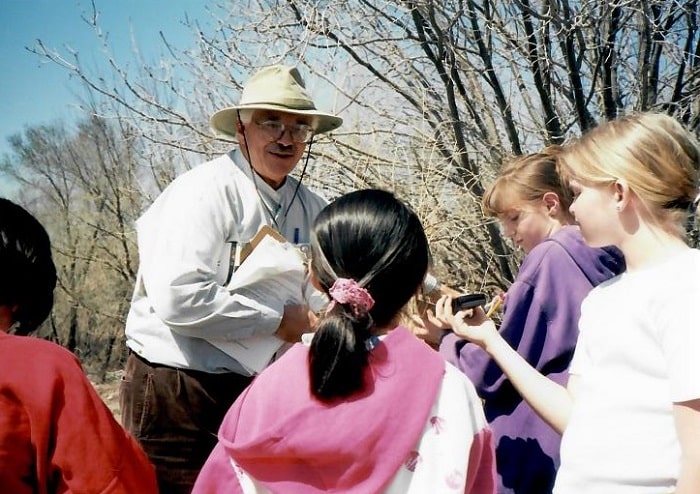
Generations of students learned about botany and ecology from Harrison. Wendy Fisher, Executive Director of Utah Open Lands Conservation Assn., said Ty was a master at conveying his own knowledge and understanding of the landscape, instilling them in those he mentored. He trained scores of teachers to use hands-on techniques to take classroom lessons outdoors, encouraging students to observe the landscape and to experience what it has to teach.
“You love what you truly understand,” said Fisher. Harrison was adept at conveying to young children his depth of love and understanding for all the species that are part of that circle of love.
Master Storyteller & Ecologist
He was a master storyteller. On what he called “Tree Walks” with students from Beacon Heights Elementary school, he invited them to discover the connections between all of the life forms in a healthy ecosystem.
In 1999, on one of these field trips to see the “naturescape” models of native plant species in Hidden Hollow, Harrison led children to a Fremont Cottonwood. He told them that it was a pioneer shade tree. “They planted them around their houses for shade and to make the houses cool. It’s a pioneer air conditioner!”
“The leaves have holes and black dots,” he told them. “The caterpillar of the Tiger Swallowtail Butterfly hatches out of an egg, and lives in the top of these trees. The Bullock’s Oriole loves to eat caterpillars. It lives in Costa Rica and Venezuela in the winter, and comes to raise its babies in Hidden Hollow. Its nest is made of plant fibers and hangs from the tree in a big pouch. It dangles and sways in the wind so other animals can’t get the baby birds. The Oriole eats caterpillars off the Cottonwood and Box Elder trees.”
Harrison told how Utah’s indigenous people used the cottony fluff from the trees to line cradle boards for their babies. Many of the plants growing in the Hollow have medicinal and culinary uses, and he shared a family recipe for Chokecherry and Oregon grape jelly.
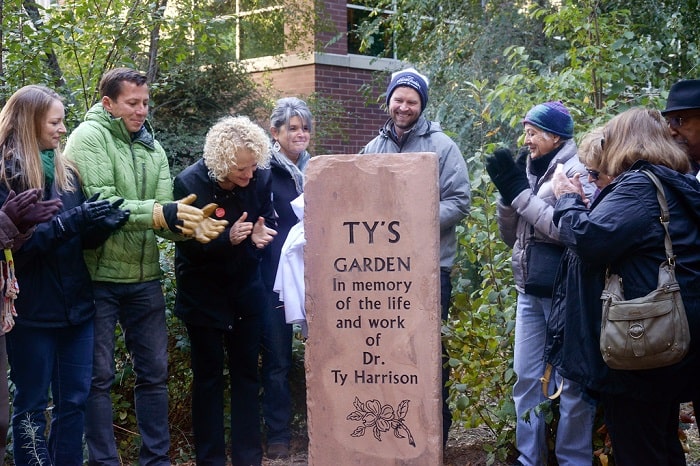
Master Mentor & Community Leader
Dr. Bonnie Baxter reminisced about Harrison at the Garden dedication. She is Chair of Biology at Westminster College and Director of the Great Salt Lake Institute. “Both of these positions I hold because of Ty Harrison’s mentorship. He taught me how to teach, which set me on the path to be the professor I am.”
“I remember walking through [Hidden Hollow] with Ty in his sun hat as he told me how he was going to engage the city in saving this “little plot of green.” He wanted to involve school kids and college students because they needed to know the value of activism. He taught me that cities need green space. He taught me that native plants were important.”
“Ty has built connections for students, not just to the professor, but to the physical landscape of their surroundings,” Baxter said. “His legacy is the wonder that he creates in all of us.”
“Ty was always our “Lorax” at Westminster” she added. “As Dr. Seuss says, ‘He speaks for the trees.’ This piece of Hidden Hollow that now will bear his name is a fitting tribute to a man who continues to inspire all of us in appreciating these little plots of green.”


